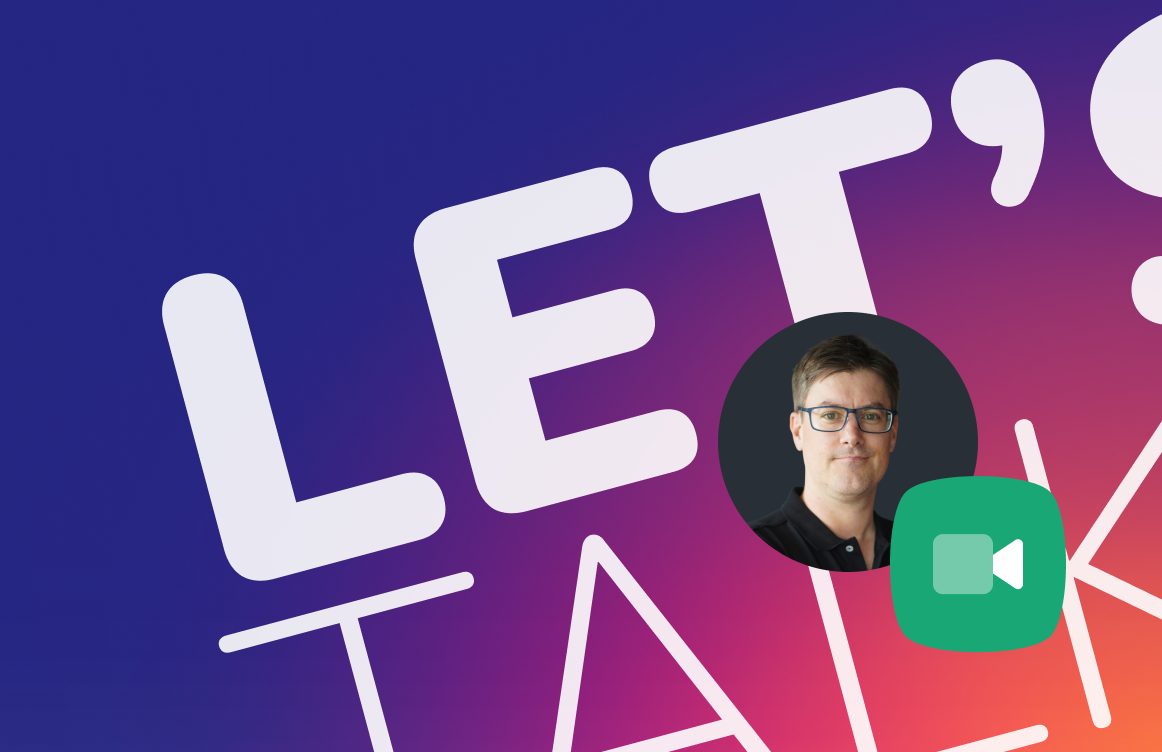
Businesses exist for one thing - to maximise profit. But before any company can become profitable, it must become very good at attracting and retaining paying customers.
The bottom line is: without people willing to buy, businesses cannot exist.
As a matter of survival, it is imperative that brands thoroughly understand their customers, including purchasing decisions and why.
This post will dive into what buying personas are, why they are important, and the different types of personas. Then, we'll explain what the buyer's journey is and how it is connected to personas.
What Are Buying Personas?
Buying personas, also often interchanged with marketing personas, are research-based characters representing a subset of a brand's customer base.
These fictitious characters describe who your ideal customers are; they help brands understand their target audience's goals, fears, and wishes. They personify the common challenges customers typically face and how they make decisions.
In a nutshell, buying personas are a close approximation of a brand's real-life customers.
Many companies often have several buyer personas that represent different segments of their customer base.
The American ecommerce giant Amazon is an excellent example of a brand with several customer personas. The company serves mom and pop shops that sell on their marketplace and relatively large brands that rely on Amazon's cloud infrastructure to host their own online stores.
Even small businesses will also find they have several buying personas too.
Take, for example, if an end-user of your product or service requires the buy-in of others before making a purchase, those “behind-the-scenes” individuals are separate personas. They typically have their own separate criteria for evaluating your product, and you will need different strategies and approaches to win them over.
Why Are Buying Personas Important?
The main reason we recommend that marketers develop detailed buying personas for their brands is that it allows them to understand and empathise with their customers so they can do a better job at acquiring and retaining them.
But apart from this, there are other valuable use-cases why brands should create buying personas:
It Ensures Marketing Activities Are Customer-centered
Many efforts go into acquiring and retaining customers, such that if there are no laid down procedures and common goals, the whole efforts could become ineffective and disjointed.
The buying personas act as the north star for marketing teams as they brainstorm and create marketing campaigns for the target audience.
Buyer personas ensure that the messaging and content are tailored to address customers' needs.
Why is that important?
You see, customers are more likely to shop from a brand they trust and know. One effective way brands can build trust with their customers is to design campaigns and create content that shows they understand and genuinely care about them.
It Helps Team Members be on the Same Page.
It is not uncommon to see marketing teams clashing with the sales team or a disagreement between the product development team and the support team over who's right about the customer.
This friction, which often costs time and resources, could be significantly minimised if not eliminated, if only there's a buyer persona document that has an input from every stakeholder in the organisation.
A buyer persona is not just an outward-looking document; it also helps team members work more cohesively as a team; since everyone now has a common reference to understand who the customer is, their pain points and how each individual's role contributes to solving those challenges for their customers.
What Are the Different Types of Buying Personas?
Personas just like the humans they aim to represent come in different hues and shades. That does not mean though; there's an infinite type of personas.
At the high-level, buying personas are categorised as either B2C or B2B. However, when you drill deep into these groupings, one begins to notice six distinct persona differentiations.
As explained by Mike Schultz, President Rain Group, there are six distinct buying personas every marketer should know about, they include:
Decisive Danielle
Collaborative Claire
Relationship Renee
Skeptical Steve
Analytical AI
Innovative Irene
Decisive Danielle or the driver is direct, active and assertive. They are goal-oriented and want to win. Decisive Danielle tends to be overbearing and often lack tact due to their direct approach to issues.
When selling to this character, you want to be decisive too.
Collaborative Claire is the opposite of Decisive Danielle. They are deliberative, tactful and ready to carry every team member along in decision making. They thrive off of consensus making and teamwork.
When selling to this character, you want to factor in all the various buying influences. Be sure to facilitate discussions and prepare for a slow sales process since everyone's buy-in is required to make a decision.
Relationship Renee is interactive and values social relationships. They are a great team player and enthusiastic. However, they typically shy away from dealing with the minutiae details of a project.
When selling to this character, keep the technical aspects to a minimum. Be ready to give them enough time to hear their ideas and of course, be sure to share and even stoke their enthusiasm.
Skeptical Steve is introspective and a reserved critical thinker. They like a matter-of-fact approach and are often slow to trust people.
To sell to this character, ensure you don't embellish facts and avoid becoming too personal or friendly too fast.
Analytical Andy loves data, facts, surveys, charts, spreadsheets. They are the real number crunchers and typically comprehensive problem solvers due to their ability to consider issues from different angles.
When selling to this character, provide above-average data to help them make decisions. And of course, be willing to provide more information when requested.
Innovator Irene is the maverick. They are often not good with procedures and rules and processes. For Innovator Irene, rules are meant to be broken.
When selling to this character, brainstorm with them, encourage creative discussions and be open to new ideas and ways of doing things.
While each buyer personas represents specific customer segments, you will most times find more than one of these traits exhibited by customers during the buying process.
What is the Buyer's Journey?
As defined by HubSpot, the buyer's journey is the “process buyers go through to become aware of, consider and evaluate, and decide to purchase a new product or service.”
The buyer's journey consists of all experiences, and touchpoints prospects go through to become customers.
From the definition, there are three phases in the buyer's journey:
Awareness stage
Evaluation/ consideration stage
Decision stage
Identifying what stage a prospect is on the buyer's journey is vital if the brand will convert them to customers.
With that knowledge, marketers can now serve their audience the right content that pulls them further along the journey until they become paying customers.
At the awareness stage, prospects become aware of a challenge or problem they need to solve. They also decide whether the problem is a priority they want to solve now or something to come back to later.
During this stage, the buyer is researching the problem to better understand and define it. They may be looking for available solutions to the problem.
In the consideration stage the buyer now has a full grasp of the problem. They are also aware of the different solutions available to them.
However, during this stage, they are actively evaluating all the different potential solutions.
When it comes to the decision stage the buyer has finally decided on a solution. They are ready to move forward with the purchase.
How is the Buyer Persona Connected to the Buyer's Journey?
Let's look at recent data to understand better how buyer personas and the buyer's journey interconnect with each other.
A DemandGen report showed that 61% of customers are willing to buy from vendors delivering content appropriate for each stage of the sales process. And as HubSpot found out, leads nurtured with targeted content offer increased sales opportunities of more than 20%.
So what has these data got to do with buyer personas and the buyer's journey?
To effectively conduct keyword research, keyword mapping, content creation and promotion, marketers must understand who their target audience is.
Here's where buyer personas come in since it helps brands to understand their customers better.
Once the brand has a clear picture of their personas, they can then create content that addresses each stage of the buyer journey.
Think of the relationship between buyer personas and buyer's journey like this:
Buyer Personas + Buyer's Journey = Targeted content
Note though, that the actual content you create will differ depending on the persona. And even for the same persona, the content focus will also vary depending on where they are on the buyer's journey.
Combined, buyer personas and the buyer's journey will help you create super-targeted content your audience will find timely and relevant.



